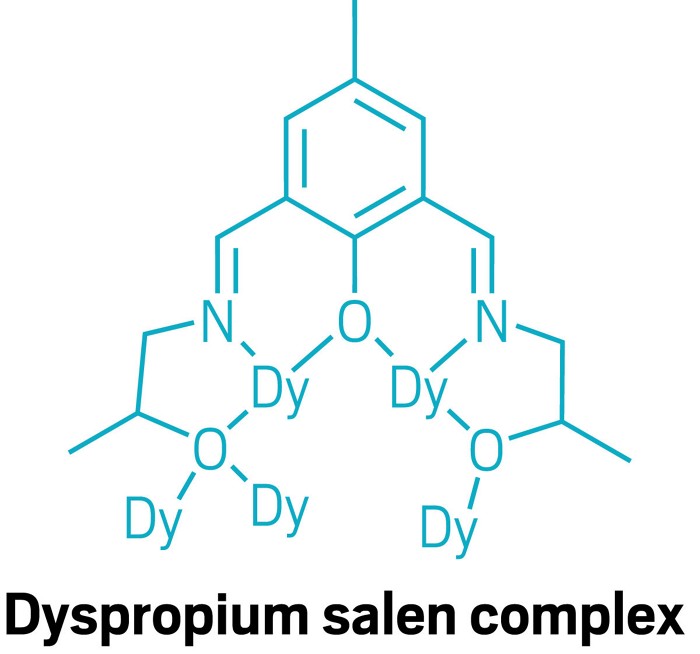Advertisement
Grab your lab coat. Let's get started
Welcome!
Welcome!
Create an account below to get 6 C&EN articles per month, receive newsletters and more - all free.
It seems this is your first time logging in online. Please enter the following information to continue.
As an ACS member you automatically get access to this site. All we need is few more details to create your reading experience.
Not you? Sign in with a different account.
Not you? Sign in with a different account.
ERROR 1
ERROR 1
ERROR 2
ERROR 2
ERROR 2
ERROR 2
ERROR 2
Password and Confirm password must match.
If you have an ACS member number, please enter it here so we can link this account to your membership. (optional)
ERROR 2
ACS values your privacy. By submitting your information, you are gaining access to C&EN and subscribing to our weekly newsletter. We use the information you provide to make your reading experience better, and we will never sell your data to third party members.
Inorganic Chemistry
Chemists probe promethium’s properties
Elusive element studied in solution for the first time
by Bethany Halford
May 22, 2024
| A version of this story appeared in
Volume 102, Issue 16

Promethium—named for the mythological Titan who stole fire from the ancient Greek gods and gave it to humans—is a mysterious element. Proposed in 1902 and first identified in 1945, promethium has practical applications in radiotherapy and nuclear batteries. But because all its isotopes are radioactive, it is challenging to study. For the first time, scientists have made a promethium complex in solution (Nature 2024, DOI: 10.1038/s41586-024-07267-6).
“We know little about the chemistry of promethium,” says Alexander S. Ivanov of Oak Ridge National Laboratory (ORNL), who led the work with ORNL’s Ilja Popovs. In particular, the scientists were interested in promethium’s behavior as part of the lanthanide contraction—a phenomenon in which the lanthanides’ atomic and ionic radii decrease more than one would expect. “We wanted to test if this lanthanide contraction happens in solution,” Ivanov says.
The researchers used bispyrrolidine diglycolamide ligands to make a water-soluble complex (shown) with promethium-147, an isotope with a 2.6-year half-life. They used X-ray absorption spectroscopy to study the complex and measure its promethium–oxygen bonds. To see how promethium compares to other lanthanides, they used the same ligand to make complexes with the other lanthanides and compared all the lanthanide–oxygen bonds.
“We see an accelerated contraction of the bond up to promethium, but then after promethium, we observed a steadier change in the bond,” Ivanov says.
Louise Natrajan, who studies lanthanides at the University of Manchester, says in an email that the work fills “an unmet gap in our understanding of all the lanthanide elements.” Using experimental data to establish periodic trends, she says, will “contribute to facilitating the continued use and sustainability of these key elements in our everyday lives.”
Stefan Minasian, who studies inorganic systems at Lawrence Berkeley National Laboratory, describes the work as “a truly herculean effort to overcome the significant technical challenges involved in working with such a rare and radioactive isotope” in an email.
Ivanov and Popovs acknowledge that working with approximately 10 mg of promethium—the largest amount in the US—wasn’t easy. Even so, Popovs says, “studying the real thing is important. Properties of some of the elements occasionally are approximated through proxies, but it is still very important to study the elements themselves, because they might have some unexpected mysteries.”




Join the conversation
Contact the reporter
Submit a Letter to the Editor for publication
Engage with us on Twitter